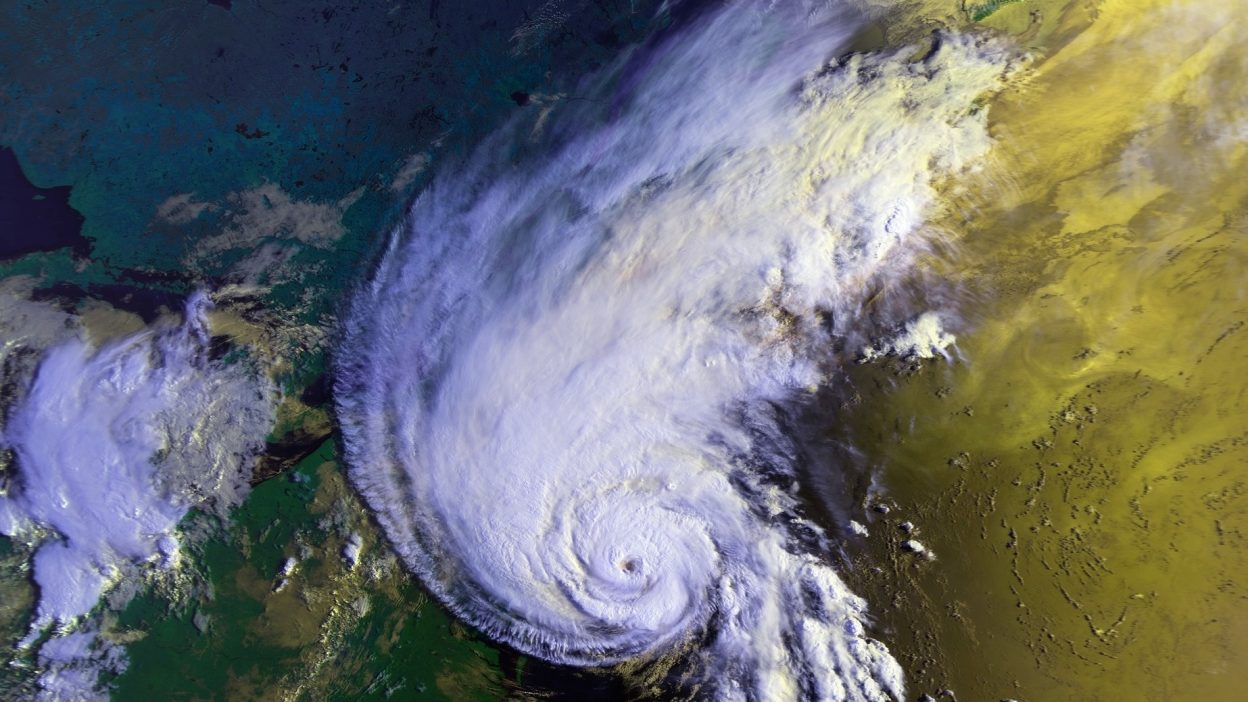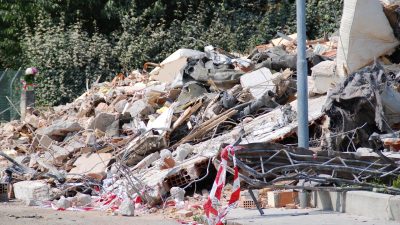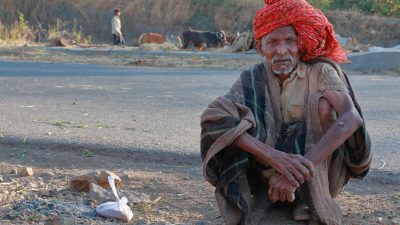Unveiling the Deadliest Storm in History and Its Global Impact
Introduction: The Deadliest Storm in Human History
On the night of 13 November 1970, an unstoppable force of nature roared through the Bay of Bengal, slamming into what was then East Pakistan (now Bangladesh) and parts of West Bengal, India. With wind speeds reaching 185 km/h (115 mph) and an unforgiving storm surge of up to 10 metres (33 feet), it swallowed entire villages, wiped out nearly 85% of homes in the worst-hit areas, and left behind nothing but silence where thriving communities once stood. By morning, up to 500,000 people lay dead—some swept out to sea, others buried under debris, and thousands more perished in the days that followed due to starvation and disease. It remains the deadliest tropical cyclone in recorded history.
This was not just a disaster—it was a catastrophe fuelled by human neglect. The storm itself was a natural event, but the sheer scale of destruction was worsened by the Pakistani government’s failure to warn or protect its citizens. No evacuation orders were given. No emergency relief was prepared. Survivors described a nightmare where bodies floated in the floodwaters for days, entire families were erased overnight, and those left alive fought for scraps of food as help took weeks to arrive. The world watched in horror, yet the suffering of the victims was met with apathy by those in power.
But the Bhola Cyclone was more than just a natural disaster—it became a tipping point in history. The Pakistani government’s slow response ignited massive outrage, fuelling an already growing movement for East Pakistan’s independence. Just months later, tensions boiled over into the Bangladesh Liberation War, leading to the birth of a new nation in 1971. What began as a storm in the Bay of Bengal ended as one of the most pivotal moments in South Asian history—a tragedy that reshaped borders, toppled regimes, and exposed the deadly cost of political indifference.
The Science Behind the Storm: How Did It Turn Into a Killer?
The Bhola Cyclone was not the first storm to form in the Bay of Bengal, but it was by far the deadliest. The region is notorious for producing some of the most powerful tropical cyclones on Earth, fuelled by warm ocean waters, humid air, and monsoon winds. In early November 1970, a low-pressure system developed over the bay, rapidly intensifying into a violent storm due to favourable atmospheric conditions. By the time it neared the coast, it had transformed into a full-scale Category 3-equivalent cyclone, unleashing sustained winds of 185 km/h (115 mph). But it wasn’t the wind that proved most fatal—it was the storm surge, a deadly wall of water up to 10 metres (33 feet) high, that engulfed the low-lying delta and drowned hundreds of thousands in their sleep.
What made this storm so uniquely destructive was the perfect storm of geography and human vulnerability. The Bengal delta, densely populated and barely above sea level, stood defenceless as the raging waters surged inland. Unlike hurricanes that weaken upon landfall, the Bhola Cyclone maintained its strength, pushing miles inland, wiping out entire villages, crops, and livestock in an instant. With no early warning system in place, residents had no time to flee, turning this natural disaster into a mass execution by water. A storm like this was inevitable—but the staggering loss of life should never have been.
The Death Toll & Human Cost: A Nation Drowned in Tragedy
- Unmatched Death Toll – Up to 500,000 Dead
The official estimates place the death toll between 300,000 and 500,000, but some sources claim it could have been as high as one million. Entire families were wiped out overnight, and in many villages, there were simply no survivors left to count the dead.
- Villages Erased from Existence
Some coastal regions, especially Tazumuddin, Manpura, and Sandwip, lost 70% to 85% of their population. Houses, livestock, and even landmarks disappeared beneath the raging waters. Survivors emerged to find their homes replaced by open sea, with no trace of what once stood.
- Floating Bodies, Mass Graves & the Stench of Death
In the days that followed, floodwaters carried thousands of bodies out to sea, while those left behind rotted in the sun, spreading disease. With no resources for proper burials, mass graves were hastily dug, yet bodies continued to wash ashore for weeks after the storm.
- Survivors’ Horror Stories – A Night of Unimaginable Terror
Eyewitnesses recounted screams swallowed by the waves, parents watching their children ripped from their arms, and entire villages drowning within minutes. Survivors clung to trees and rooftops, only to witness their loved ones disappear beneath the water.
- Disease & Famine Followed the Storm
The destruction of farmland meant that millions faced starvation. With contaminated drinking water and decomposing bodies, outbreaks of cholera, dysentery, and typhoid spread rapidly, claiming even more lives in the days after the cyclone had passed.
- A Disaster the World Watched in Horror
The Bhola Cyclone was not just a natural disaster—it was a humanitarian catastrophe. The sheer scale of death and suffering left the world in shock, yet help arrived too little, too late. Survivors were left to fend for themselves, trapped in a landscape of death and ruin.
The Pakistan Government’s Shocking Negligence
Long before the Bhola Cyclone made landfall, weather stations had detected its formation and increasing intensity, yet the Pakistani government failed to issue proper warnings. There was no evacuation plan, no emergency shelters, and no large-scale preparation to protect the millions in its path. The radio announcements that did come were vague and reached only a fraction of the population. By the time people realised the storm’s severity, it was already too late. Survivors later recalled that many had gone to sleep that night completely unaware of the monster heading their way, only to be awakened by the deafening winds and walls of water swallowing their homes. What should have been a manageable disaster turned into an unprecedented massacre, fuelled not just by nature but by the criminal indifference of those in power.
When the scale of destruction became clear, the Pakistani government’s response was shockingly slow and inadequate. Days passed before officials reacted, and even then, relief efforts were poorly coordinated and insufficient. Helicopters meant for rescue missions sat idle. Food and medical aid arrived weeks too late, by which time many had died from hunger, exposure, and disease. Instead of taking responsibility, the government downplayed the crisis, triggering nationwide outrage. The people of East Pakistan saw this not just as a failure but as deliberate neglect by a West Pakistan-dominated regime, further deepening the divide between the two regions. The storm may have passed, but the anger it left behind would soon erupt into war.
The Cyclone That Triggered a War: The Birth of Bangladesh
The Bhola Cyclone did not just destroy villages—it shattered trust, exposed injustice, and ignited a revolution. In the days following the storm, survivors waited for help that never came. Fathers buried their children with their bare hands, mothers wandered through debris looking for their lost families, and thousands sat starving under an empty sky, abandoned by their own government. The people of East Pakistan had always felt like second-class citizens under West Pakistan’s rule, but now, the truth was undeniable: they were expendable.
As the bodies piled up, so did the anger. East Pakistan had suffered, but Islamabad remained silent. The government’s failure to act was not just incompetence—it was indifference, proof that the rulers in the west saw the people in the east as nothing more than numbers on a map. That anger found a voice in Sheikh Mujibur Rahman, whose Awami League had long been demanding greater autonomy. In the general elections of December 1970, just a month after the storm, East Pakistan overwhelmingly voted for Mujib, giving him a landslide victory. But instead of respecting the democratic process, the West Pakistani government refused to hand over power. The betrayal was the final spark. On 25 March 1971, the Pakistani military launched “Operation Searchlight,” a brutal crackdown on East Pakistan that left thousands dead overnight. The Bhola Cyclone had exposed the deep wounds of injustice, and now, war had begun. Nine months later, Bangladesh was born—but at the cost of millions of lives.
Why This Cyclone Was the Deadliest Ever?
• Extreme Population Density in the Impact Zone
The coastal areas of East Pakistan were among the most densely populated in the world, with millions living in low-lying river deltas. When the storm surge hit, entire villages were wiped out in minutes, leaving no chance for survival.
• Lack of Storm Preparedness & Early Warning Systems
Unlike today, there were no satellite alerts, no sirens, and no evacuation plans. Most people had no idea a storm was coming, and by the time they realised, the waves were already crashing into their homes.
• Storm Surge: A 10-Metre Wall of Death
The cyclone’s storm surge reached up to 10 metres (33 feet) high, pushing seawater deep inland. The force of the waves drowned people instantly, swept away entire homes, and left nothing but wreckage and corpses in its wake.
• West Pakistan’s Apathy & Slow Government Response
The Pakistani government failed to warn, failed to evacuate, and failed to provide relief. In the aftermath, survivors were left to die of hunger and disease, turning the disaster into a man-made tragedy.
• Geography Turned the Delta into a Death Trap
The Bengal Delta is naturally vulnerable to flooding, with little elevation above sea level. Once the storm surge rushed in, the water had nowhere to drain, turning vast areas into an unstoppable inland sea.
• A Disaster That Could Have Been Prevented
Other countries facing similar storms had far lower death tolls because of better warning systems and disaster preparedness. The Bhola Cyclone remains the deadliest in history, not just because of its strength, but because millions were left to die without a chance to escape.
Global Response & Aid Efforts
In the immediate aftermath of the Bhola Cyclone, the global community was horrified by the scale of the destruction. United Nations agencies and the Red Cross quickly mobilised, offering emergency relief, but the first wave of aid came too late. Aid supplies, including food, medical help, and water, took days to reach the hardest-hit areas. Air drops were delayed, and much of the logistical effort was hindered by the sheer inaccessibility of the affected regions. The survivors, left without food and basic resources for days, had to endure additional suffering as the relief operations were disorganised and inadequate.
The US and Soviet Union also offered assistance, but the Cold War context meant their help came with political implications. Pakistan’s allies, like the United States, did not push the government to take responsibility or take immediate action, while the Soviet Union expressed concerns about Pakistan’s neglect of East Pakistan’s people, laying the groundwork for political tensions. Despite the best efforts of international aid organisations, the scale of the disaster was so immense that even the best-prepared relief missions were overwhelmed. The lack of urgency and mismanagement left millions of East Pakistan’s population in peril for weeks after the storm.
The Bhola Cyclone’s Legacy: Lessons & Modern Impact
The catastrophic devastation caused by the Bhola Cyclone in 1970 serves as a harsh reminder of the dangers posed by natural disasters and the critical need for preparedness. Since then, Bangladesh has become a global leader in cyclone preparedness, implementing some of the most advanced early warning systems and establishing a massive network of cyclone shelters in coastal areas. But despite these advancements, the threat of a similar disaster still looms. With climate change increasing the frequency and intensity of storms, regions like Bangladesh remain incredibly vulnerable to the destructive forces of nature. The people and government have made strides in resilience, but no system is foolproof.
As the world continues to face the growing impacts of climate change, the lessons learned from the Bhola Cyclone must not be forgotten. The disaster exposed the devastating consequences of government negligence and lack of infrastructure in disaster-prone regions. If the world doesn’t take immediate action on climate change mitigation, global warming, and building more resilient infrastructures, we could face another Bhola-level catastrophe—one even deadlier than before. The legacy of 1970 is a stark warning: no matter how prepared we think we are, there is always room for improvement, and time is running out.
CONCLUSION:
The Bhola Cyclone of 1970 remains a haunting reminder of nature’s terrifying power and the deadly consequences of human negligence. The storm, with its immense loss of life and destruction, not only exposed the vulnerabilities of East Pakistan but also sparked the Bangladesh Liberation War, changing the course of history. Its aftermath highlighted the urgent need for disaster preparedness, early warning systems, and responsible governance. While Bangladesh has made significant strides in resilience, the legacy of Bhola is a call to action for the world to address climate change and ensure that no such tragedy is repeated. The lessons learned are crucial in shaping a safer, more prepared future.
FAQ: Bhola Cyclone 1970
- What was the primary cause of the high death toll in the Bhola Cyclone?
The extreme death toll was primarily due to the storm surge, which reached up to 10 metres (33 feet), flooding vast areas of low-lying coastal land. Lack of early warnings, poor disaster preparedness, and inadequate government response further amplified the disaster’s impact.
- How did the cyclone affect the political landscape of Pakistan?
The failure of the Pakistani government to respond effectively to the disaster fuelled widespread anger and contributed to the rise of the independence movement in East Pakistan. It exposed deep political and economic inequalities between East and West Pakistan, leading to the Bangladesh Liberation War in 1971 and the creation of Bangladesh as an independent nation.
- Was there any international aid sent to Bangladesh after the cyclone?
Yes, international aid from organisations like the United Nations and the Red Cross began to arrive, but it was delayed, and much of it was insufficient to meet the scale of the disaster. The logistical challenges and the slow response from the Pakistani government hindered effective relief efforts.
- How did the cyclone impact the future of disaster preparedness in Bangladesh?
The Bhola Cyclone served as a turning point for Bangladesh, leading to the development of one of the most advanced disaster management systems in the world. Cyclone shelters, early warning systems, and evacuation protocols were set up to protect communities from future storms.
- How does the Bhola Cyclone compare to other deadly cyclones in history?
With an estimated death toll of up to 500,000, the Bhola Cyclone remains the deadliest tropical cyclone in recorded history. While other storms, such as Typhoon Haiyan (2013), have caused widespread devastation, the combination of the cyclone’s strength and lack of preparation makes Bhola unique in terms of sheer loss of life.
References:
“The Bhola Cyclone of 1970: The Deadliest Storm in History” – World Meteorological Organization
PreventionWeb: What’s changed since the 1970 Great Bhola Cyclone
Mushfiq Mobarak — The 1970 Bhola Cyclone and the Birth of Bangladesh
YT links:
Natural Disaster | Bangladesh (East Pakistan) | Bhola cyclone | This Week |1970
The Deadliest Cyclone Ever – The 1970 Bhola Cyclone




